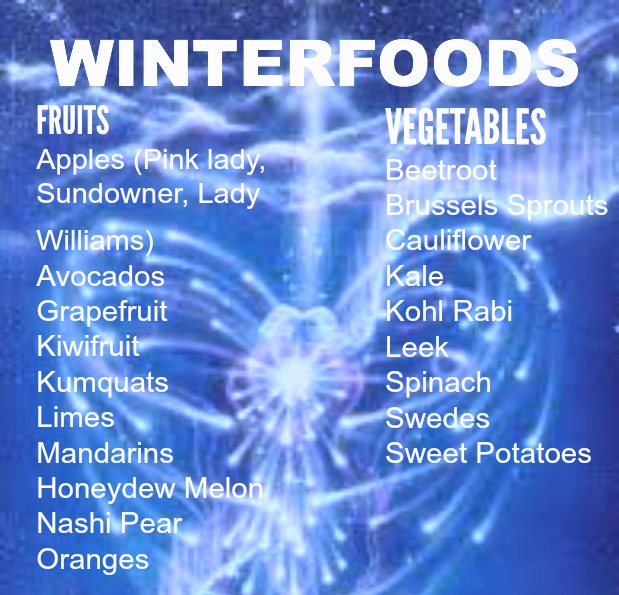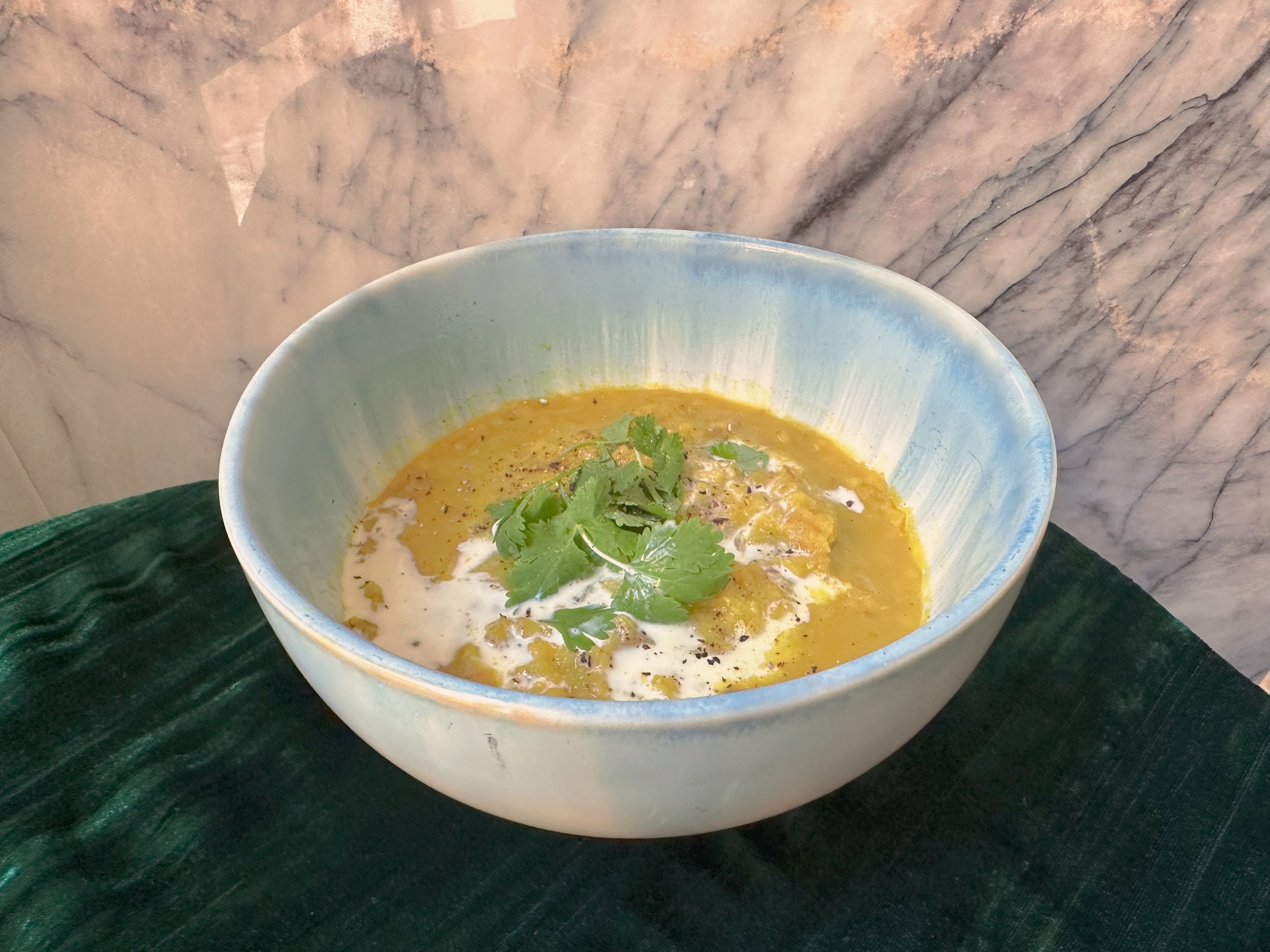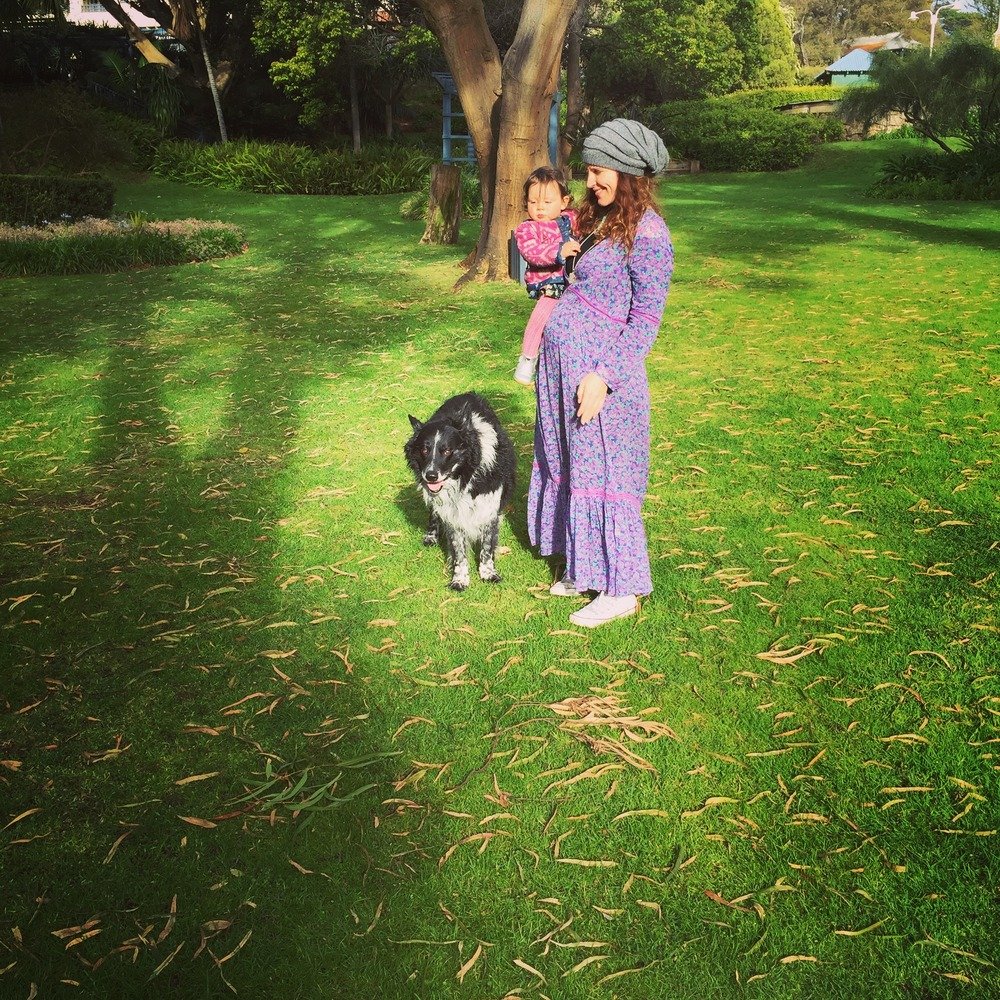A love/non-love relationship with tandem feeding...okay mostly non-love
/I fell into tandem feeding by accident. Gorgeous little John John, now 3 months old took us by surprise when those two little lines appeared on the pregnancy test. Evie was only 10 months at the time.
My doctor, my mother, and pretty much everyone else told me to wean. I took their advice on board and fully intended on weaning at least 3 months before the due date. I hadn’t heard of tandem feeding a toddler and a newborn, had never even considered that would be a thing. But there I was with a baby and pregnant with another. I certainly wasn’t ready to stop breastfeeding yet. It seemed unfair to force Evie to wean due to unplanned circumstances. I went searching for nutritional information for pregnancy and breastfeeding concurrently and found none. What I did find was an article about tandem feeding and it seemed to be encouraged. I was relieved. I felt like I had options.
The months passed, Evie never indicated she was ready to give up breastfeeding just yet. Breastfeeding was her downtime, her comfort, her relaxation at the end of a long day. It was quiet time bonding with mummy. Breastfeeding was cuddly and close. We both loved it.
As the pregnancy progressed my milk supply dwindled. Evie’s interest in feeding gradually declined accordingly. She still enjoyed a feed to get off to sleep, or whenever she was feeling discomfort, or just felt like a snuggle. We got to the stage where Evie didn’t seem to mind if she fed or not. Some nights she’d go off to sleep without feeding at all.
But then at 36 weeks my colostrum was in and Evie, now 18 months, suddenly became booby obsessed. She loved it. The due date got closer and I didn’t mind the breastfeeding so much, I thought it would help bring on labour. I realised it was now too late to wean her. Even if I did wean as soon as she saw her little brother feeding she’d want in.
Evie didn’t come meet John John until he was two days old. I’d been missing her terribly. When she saw me sitting to feed her little brother of course she wanted some too. She hopped up on my knee and grabbed my spare breast. It was a juggle and awkward to feed them both, but we managed. We have some gorgeous photos of the moment.
My earliest memory is of my mother breastfeeding my sister, 20 months younger than me. I wanted some too, but Mum refused. I told myself before John John was born that I wouldn’t do that to my daughter. Unfortunately by the time I’d been home 24 hours I’d rejected Evie’s requests for breastfeeding more times than I could count.
Once home the reality of feeding two children of different ages set in. I was producing milk for a newborn. Yummy fatty deliciously sweet milk and Evie loved it. She wanted boobies all the time. More than was necessary or practical. Sometimes I’ve been sitting down for a long time feeding John John. Sometimes he’s asleep in his bassinet and I can finally do a bit of housework or whatever in the few minutes until he wakes up. Sometimes she just doesn’t need it, and I want some space. And so the tantrums begin.
Tandem feeding is much harder than I expected, and much harder than any breastfeeding support information page or online mother’s forum let on too. I was managing the newborn, who was as floppy and helpless as a rag doll, trying to balance him one arm, as he learned how to latch properly, and managing my now giant looking toddler Evie on the other arm. She was curious of her brother and had trouble keeping her hands to herself, not yet old enough to understand that she might be hurting the baby, or introducing germs with her poking and prodding. When I put her down after she’d had way over and above what a normal feed was for her to focus on the newborn she screamed the house down, looking at me from the floor with tears in her eyes and shaking her head.. It was a nightmare. I felt tremendous guilt for having another child, and loss that my ‘just us two’ relationship with my daughter had been interrupted.
If only she would eat some food… Food has been given the flick for breastmilk. I’ve been trying to offer foods she likes, and restricting breastfeeding until she’s had a decent meal. She usually doesn’t manage more than a couple of bites. After 7 weeks I was starting worry. I don’t want to deplete her nutritionally. My sore muscles and achy teeth told me the breastfeeding was depleting me. I up my supplement intake. My symptoms improve.
I love breastfeeding my toddler when it’s just us two. We snuggle together and have a little chat and a giggle about our day, eventually she’s had her fill or goes off to sleep.
There’s times when both children are screaming, I sit on the couch, or lie on my bed, give them a boob each and then there’s silence. Sweet wonderful silence for 5 - 10 minutes. I can even hold my phone in my hand and entertain myself during these quiet feeding moments.
My favourite tandem feeding moments though, are when baby John John loses the nipple, and Evie reaches over and guides it back into his mouth for him. It’s the sweetest thing, a sister helping a brother out. And when John John catches sight of Evie across the other side of my chest and gives her a big gorgeous smile it melts my heart.
Realistically I see no easy way out of tandem feeding in the near future. Sure I can hardline it and cut her off, but she’ll be reminded of the goodness of breastfeeding every time little John John cries out for a meal. It’d be like taking away a smoker’s cigarettes and then lighting up in front of them 8 times a day. But “No - you can’t have any.”
My instinct is that breastfeeding serves her emotional wellbeing. The times when I tell Evie no to boobies she becomes incredibly enraged. I can actually use my boobs as a bribing tool. “Do this for me and you can have some boobies” not that I want to bribe her, but you know, desperate times call for desperate measures.
So I’m feeling stuck with this, waiting for a green light to tuck my boob away for the last time ... as far as the toddlers concerned anyway. I’ve been waiting for this light for about six months now and it’s just not coming. It’s now clear it would have been much easier to wean when my milk supply naturally dropped off during pregnancy…at around 14 or 15 months old. She would have missed it for a few days and then it would all be forgotten about. Now she’s tasted the sweet nectar that is newborn mummy booby goodness, she’s not giving it up in a hurry. It must be like ice-cream, all sweet and fatty.
A new resolve to start a loving-kindness weaning process was shot down a couple of weeks ago by what I initially thought was severe teething with lots of clinginess and boobies required. It soon became apparent it was actually hand, foot and mouth disease making her so miserable. Everything she put in her mouth was hurting and her response was to eat nothing. On day 5 of no food whatsoever breastfeeding had become a true hero, offering not only nutrition, hydration and comfort but an immune boost as well. I was grateful I have such good breastmilk to help her through that week of horrors.
Her health is now restored however and I don’t feel tandem feeding is sustainable. A 21-month old toddler surviving primarily off my breast milk is not healthy for either of us. I could be waiting months or even a couple of years for her to self-wean. And so I tentatively embark on a weaning journey. I anticipate lots of struggle, lots of resistance. Many a time when the small baby will be woken and disturbed and resented by a toddler screaming for boobies. It’s going to suck and perhaps be one of the greatest battles of will I’ve ever known. We’ll get there in the end.







































For the sake of better health, I want you to think seriously and honestly about what habits are impacting negatively on your health and what can you can do to avoid those triggers.